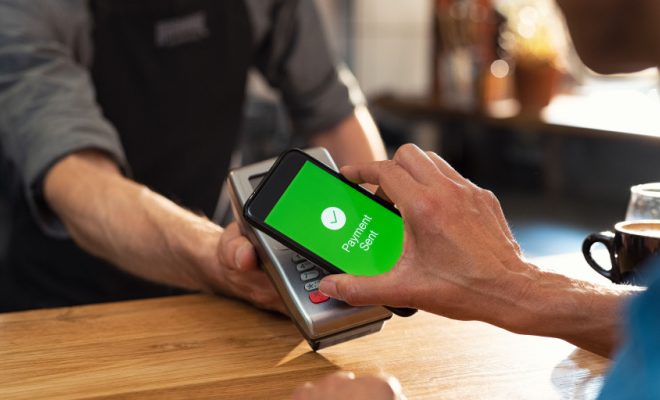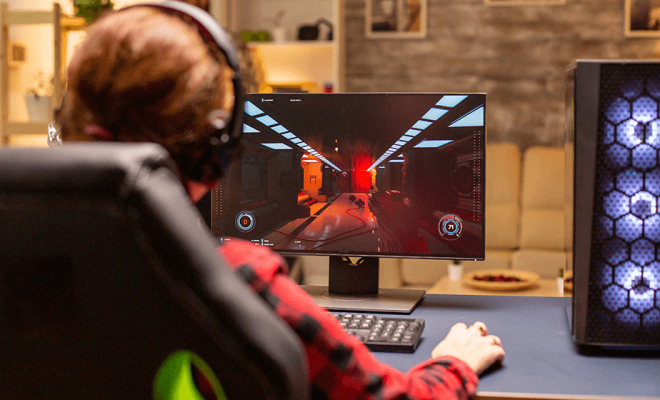What Is Near-Field Communication (NFC)? How Does It Work?

Near-field communication (NFC) is a wireless communication technology that allows two devices to communicate with each other when they are in close proximity to each other. NFC enables data transfer between devices such as smartphones, tablets, laptops, and other IoT devices.
NFC was originally developed in the 1980s by a group of researchers at Sony and NXP Semiconductors. It is based on radio frequency identification (RFID) technology that allows the contactless transfer of data between two devices. NFC uses 13.56 MHz frequency to transfer data over short distances (usually up to 4 cm).
One of the unique features of NFC is that it requires both the devices to be within close range of each other, similar to how a credit card reader works. This makes it more secure and reliable than other wireless communication technologies such as Bluetooth or Wi-Fi, as the chances of interference and eavesdropping are significantly lower.
NFC technology works through two modes of operation, namely active and passive modes. In the active mode, one device generates an RF field that powers up the other device, allowing data to be transferred bi-directionally. In the passive mode, one device sends out data, and the other device responds by reflecting its own RF signal.
In terms of application, NFC technology has numerous use cases, such as contactless payments, transportation ticketing, sharing digital business cards, and accessing digital content. NFC technology is implemented in various devices, including smartphones, point-of-sale (POS) terminals, credit cards, and transit cards.
To use NFC technology, both devices must have NFC enabled, and the data transfer is initiated when the two devices are brought close to each other. Once the devices are in range, the data is transferred through a process called a “handshake,” which establishes a secure data transfer between the two devices.
In conclusion, NFC is a wireless communication technology that enables fast, secure, and easy data transfer between devices over short distances. Its use cases are expanding every day, ranging from contactless payments to access control and health monitoring. As more devices become NFC-enabled, the use cases for this technology will only continue to grow.






